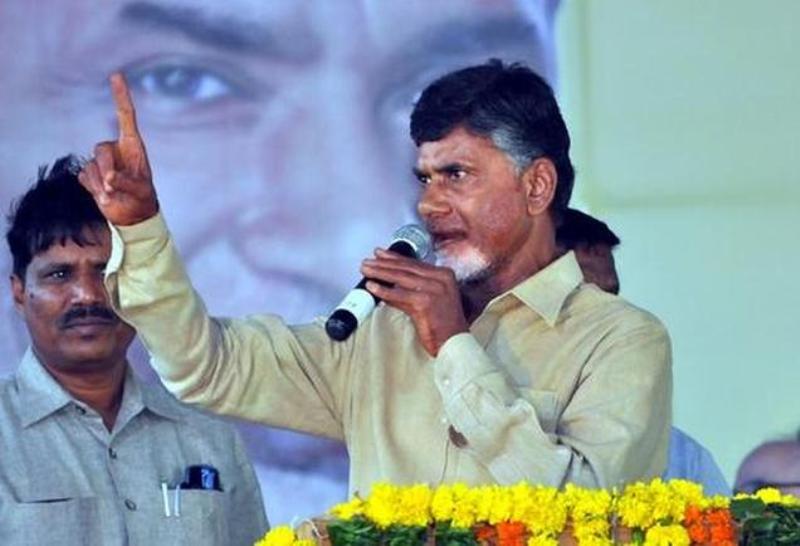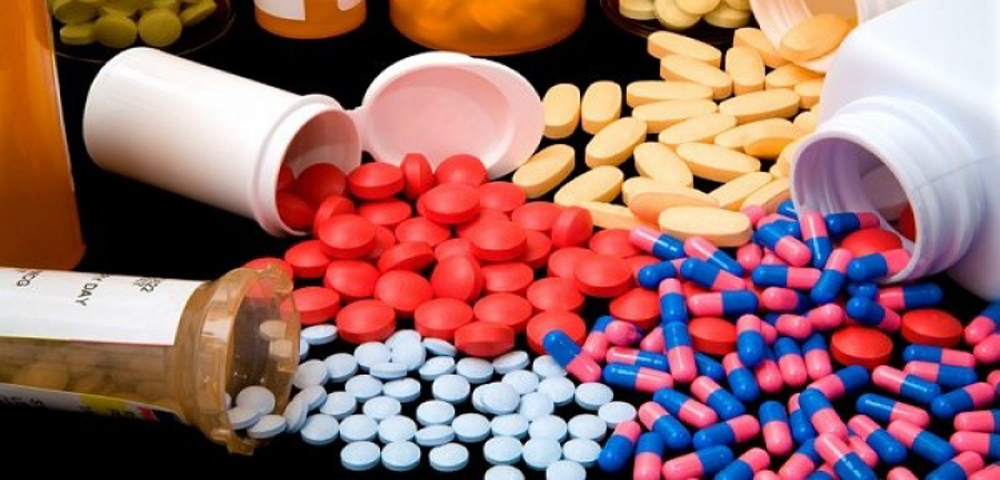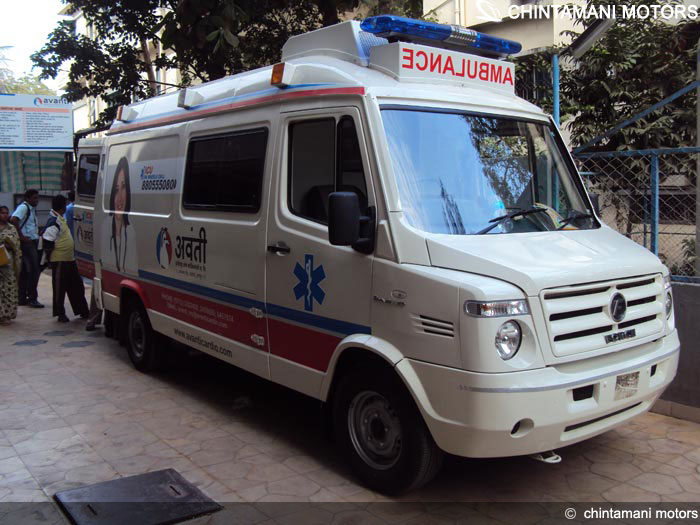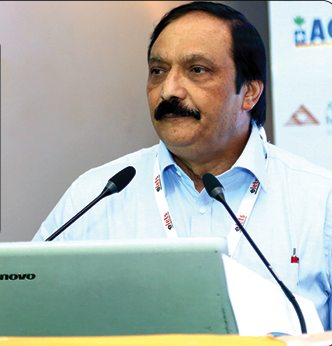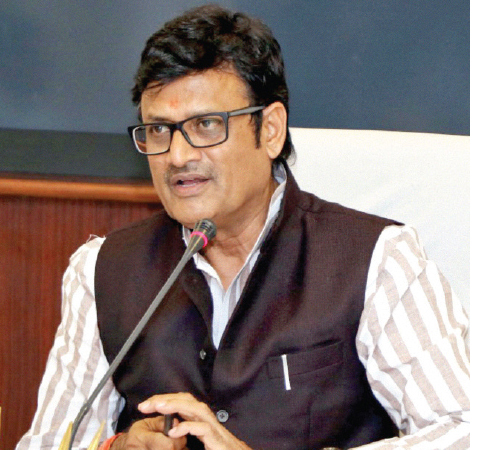
 When it comes to basic healthcare we have removed the distinction between BPL and non-BPL patients. Earlier onlyBPL patients were entitled to free drugs. Now we are saying that any human being is eligible to get free drugs, saysDr Samit Sharma, Managing Director, Rajasthan Medical Services Corporation, Government of Rajasthan
When it comes to basic healthcare we have removed the distinction between BPL and non-BPL patients. Earlier onlyBPL patients were entitled to free drugs. Now we are saying that any human being is eligible to get free drugs, saysDr Samit Sharma, Managing Director, Rajasthan Medical Services Corporation, Government of Rajasthan
Give us an overview of the workthat is being done by the Rajasthan Medical Services Corporation in thestate of Rajasthan.
The Rajasthan Medical Services Corporation(RMSC) has been created to implementthe Chief Ministers scheme ofproviding free medicines to all patientsunder Mukhya Mantri Nishulk Dawa Yojana.The scheme was launched by theGovernment of Rajasthan on October2nd, 2011, and it has been implementedin all 33 districts of the state. e-Aushadhiwas implemented to provide a completesupply chain management solution forthe drugs under the scheme. It providesdrug management service to variousdistrict drug warehouses (DDWs) ofRajasthan, medical colleges, hospitals, community health centres (CHCs), primaryhealth centres (PHCs), and drugdistribution centres (DDCs) from wheredrugs are issued to patients, the finalconsumers in the chain.

What is the main idea behind thecreation of Rajasthan MedicalServices Corporation?
RMSC has been created by the Governmentof Rajasthan with the idea of makinghealthcare affordable, especiallyfor the poor. Currently drug prices arevery high and healthcare is not affordable.About 40 percent of the admittedpatients have to either borrow money orsell their assets to undergo treatment.Twenty-three percent of the sick nevergo to a doctor or hospital because theyare not having money in their pocketsto spend on healthcare. This is a gravesituation, one that leads to thousands ofdeaths every day. This is a real tragedy. However, this is a preventable tragedy.The situation can be improved throughan organisation like RMSC, which providesmost commonly used essentialdrugs free-of-cost to all patients whovisit government hospitals.
In your opinion what are the majorachievements of the scheme?
After starting this scheme, the numberof patients has increased tremendously.Currently we are able to provide drugsto 2,30,000 patients a day, which is ahuge number. Out of this, 80,000 patientshave been added after startingthis scheme. These are not just patientsfrom Rajasthan. Patients are also comingfrom bordering states of MadhyaPradesh, Haryana and Gujarat whodont have access to some specificdrugs in their respective states. Thecentral idea of the scheme is that nopatient in need should be deprived ofessential drugs.
How did you expand the scope ofthe scheme over the years?
Initially we started with 200 drugs, whichsubsequently increased to 400. Now theHonble Chief Minister has announcedthat the number shall further be increasedto 500-600. We have alreadystarted working on that.

Quality healthcare is not onlyabout availability of drugs, but alsoabout doctors. What can be doneto ensure that all parts of the statehave access to good doctors?
In my opinion there are four componentsin healthcare infrastructure, healthcaremanpower, drugs and investigations. InRajasthan, the infrastructure is well developedand in most places good infrastructureis already in place. As for thehealth manpower, at PHC and CHC levels,the infrastructure is currentlyunderutilised, as in the number of patients isnot adequate despite the fact that theseplaces have qualified doctors and wellequippedstaff. For instance, in a PHCthe average number of staff was ten andthe average number of patients visitingthe PHC per day was also ten. It is thedistrict hospitals and medical collegehospitals that have always been overburdened.So the state government hasstarted a new drive to recruit doctors.Last week itself, we recruited over 500doctors. Recruitment of more nursingstaff and pharmacists is on the way. Sofar we have inducted 1,400 pharmacistsafter the inception of this scheme.
This scheme must be having some focuson rural areas, especially for patientsbelonging to below poverty level (BPL)families. So how are you managing that?
Our sub-centres are essentially meantto serve the rural population. One subcentreis meant to serve a rural populationof about 3,000 people. PHCs arealso meant to serve the rural populationwith one PHC serving about 30,000 people,and most CHCs are located in ruralareas too. Most of the drug distributioncentres are located in rural areas only.
| e-Aushadhi Technical Specification Application Server: IBM Websphere8.0.0.4 64 Bit (2 servers) thatsupport beyond 3 GB heap size Database Server: Oracle 11g R264 bit along with standby databaseserver using Oracle data guard Load Balancing: Phyiscal loadbalancer is used for managing the load H/w Used: IBM X3650 M4 with 16GB RAM for Application servers andDell PowerEdge 410 for primarydatabase server with 12 GB RAM |
RMSC must be involved inprocurement and distributionof large amount of drugs. Whatmethodologies are being used tomanage such large quantities?
The complete procurement and suppliesmanagement is handled by theheadquarter office in Jaipur. We have34 DDWs, one in each district and twofor Jaipur. The warehouses are incorporatedwith technologies to store thedrugs at the right temperature. Thedrugs are divided into three categories.The first category comprises drugs thatare highly temperature-sensitive. Theyare stored in walk-in coolers (WICs),which are huge cold storage places.the second category comprises drugswhich need to be stored in cool places,where we maintain a certain temperatureby air-conditioning. The thirdcategory of drugs belongs to thosethat can be stored at room temperature.From these drug warehouses,the drugs are issued to the sub-storesof various government hospitals. Essentiallythese sub-stores are the exclusivedrug stores for each hospital.From these sub-stores, drugs arefinally issued to the free DDCs. Currentlywe have 14,500 DDCs. The supplychain has been developed keepingin mind that the entire populationof Rajasthan should have access toessential drugs in all government institutions.
 If all CHCs, PHCs and DDCs arelocated in rural areas, then whatabout the BPL patients living inurban areas?
If all CHCs, PHCs and DDCs arelocated in rural areas, then whatabout the BPL patients living inurban areas?
As I already pointed out, when it comesto basic healthcare we have removedthe distinction between BPL and non-BPL patients. Earlier only BPL patientswere entitled to free drugs. Now we aresaying that any human being is eligibleto get free drugs. He need not showany ration card, voter ID card or anyother identity proof. He need not necessarilybe a domicile of Rajasthan toavail the facility.
Talking about the free drugs thathave been made available acrossall government hospitals, how didyou come up with the list of drugs?
The list of drugs that we are providingfor free to everyone is based on theguidelines of the World Health Organisation(WHO) and the National List ofEssential Medicines (NLEM). We alsohave a state-level technical advisorycommittee comprising doctors, vicechancellors,principals, superintendents,and subject experts. This committeehas studied the WHO list andNLEM list and also the disease patternprent in Rajasthan. All theseconsiderations have been deliberatedupon to come up with this list of essentialdrugs.
Be a part of Elets Collaborative Initiatives. Join Us for Upcoming Events and explore business opportunities. Like us on Facebook , connect with us on LinkedIn and follow us on Twitter , Instagram.


